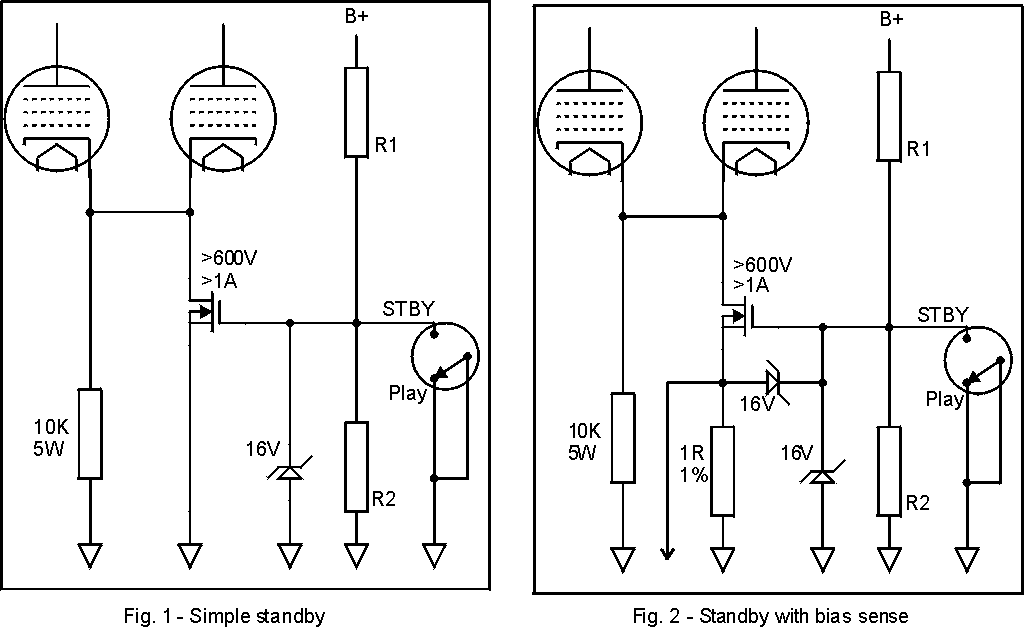Alright so on a 4 tube(6L6) PP power amp build I am doing, I wanted to add fuse protection for the tubes. I figured by fusing each pair, if one goes out it will take an opposite tube out of action, so I could continue to play the amp when gigging(although now at half power and mismatched impedance, but it would get me through the gig).
Yet I want the power amp tubes to still be individual biased, and I want to have individual bias check taps on the outside of the amp. I'm kinda stumped on how I can implement this, as it seems I would have to fuse each tube individually, which isn't what i want to do. Or I would have to ditch my individual bias check points, which isn't what i want to do.
The only thing I could really think of was adding a switch that I could flip to 'bias' when biasing, that would bypass the fuse system and switch all the tubes over to the 1R resistors used to check the bias. Then, when the switch is flipped back to run, it switches back over to the fuse system.
Is their a different/easier way to implement this?
Yet I want the power amp tubes to still be individual biased, and I want to have individual bias check taps on the outside of the amp. I'm kinda stumped on how I can implement this, as it seems I would have to fuse each tube individually, which isn't what i want to do. Or I would have to ditch my individual bias check points, which isn't what i want to do.
The only thing I could really think of was adding a switch that I could flip to 'bias' when biasing, that would bypass the fuse system and switch all the tubes over to the 1R resistors used to check the bias. Then, when the switch is flipped back to run, it switches back over to the fuse system.
Is their a different/easier way to implement this?


Comment